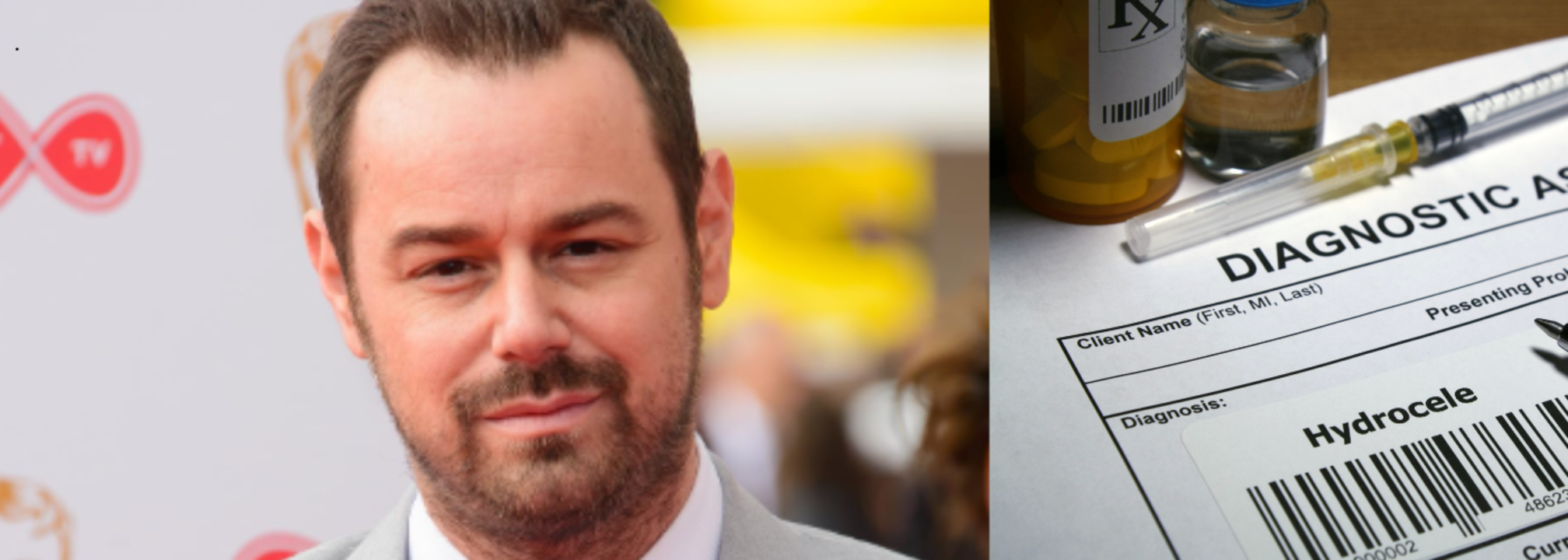Actor Danny Dyer To Undergo Surgery For Hydrocele; What Does This Condition Mean?

Source: IMDb
SummaryDanny Dyer is diagnosed with a condition called hydrocele. This is happens when a sac of fluid around the testicle develops. Read on to know more.
End of Article
